1. Personalized Travel Recommendations
AI analyzes travelers' preferences, past trips, and online behavior to offer customized travel suggestions, including destinations, accommodations, and activities, enhancing the overall planning experience.
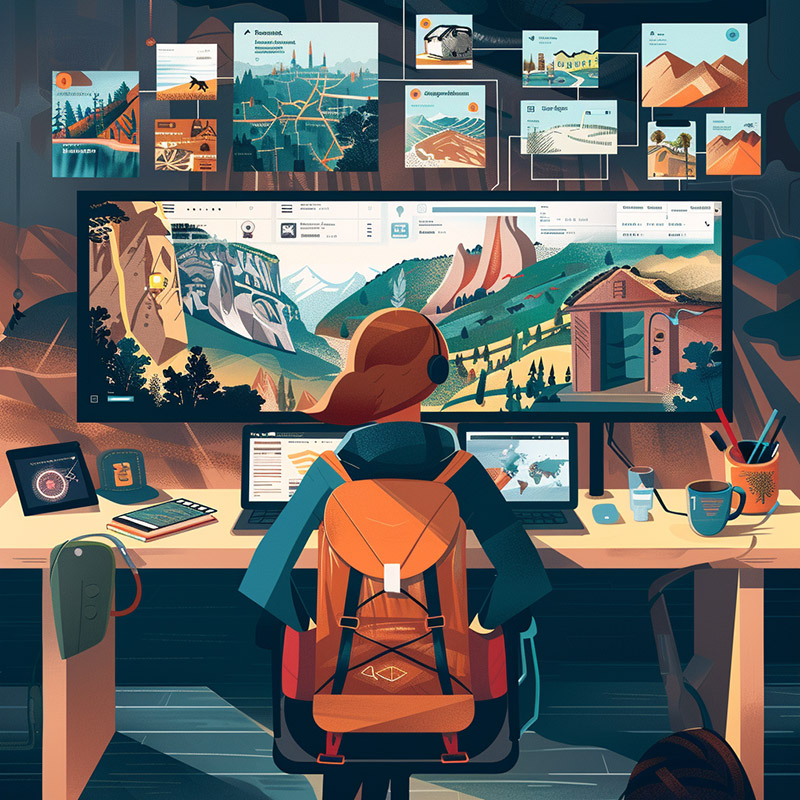
Travel Planning Before AI
Travel planning was often a one-size-fits-all process, with travelers relying on generic guides and recommendations that might not align with their specific interests, budgets, or preferences. This often led to less than optimal travel experiences, with missed opportunities and activities that didn’t fully meet travelers' expectations.
Travel Planning After AI
AI-driven personalized travel recommendations have transformed planning into a tailored experience. By analyzing individual preferences, past trips, and even social media activity, AI algorithms curate personalized destination suggestions, accommodation options, and activities. This ensures that travelers can enjoy experiences perfectly suited to their tastes and interests, significantly enhancing satisfaction and engagement with their journeys.
2. Dynamic Pricing and Booking
AI-driven platforms dynamically adjust pricing for flights, hotels, and rental services based on demand, availability, and user profile, helping travelers find the best deals and improving revenue management for providers.
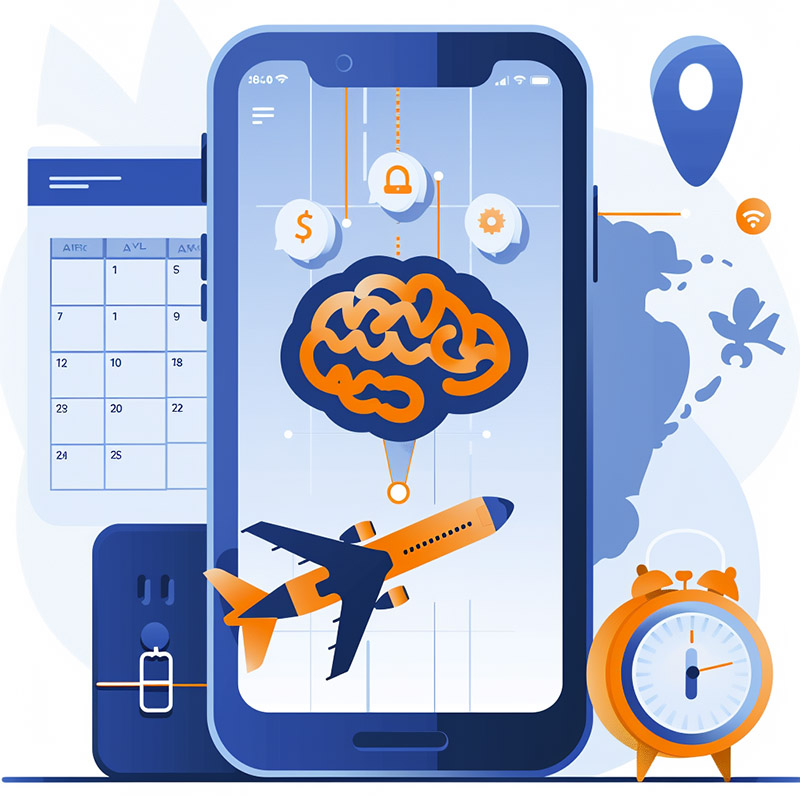
Pricing Before AI
Pricing for travel services like flights and hotels was static or adjusted manually based on anticipated demand, often resulting in travelers either overpaying or missing out on lower prices due to lack of real-time information.
Pricing After AI
AI has revolutionized travel booking by implementing dynamic pricing models that adjust in real-time based on supply, demand, and other factors. Travelers can now access the best possible deals at any moment, while providers optimize their revenue management. AI also alerts travelers when prices for their desired trips are likely to increase or decrease, helping them book at the optimal time.
3. Automated Customer Service
Chatbots and virtual assistants powered by AI provide 24/7 customer support, handling inquiries, bookings, and issues, offering travelers quick and efficient resolutions to their needs.
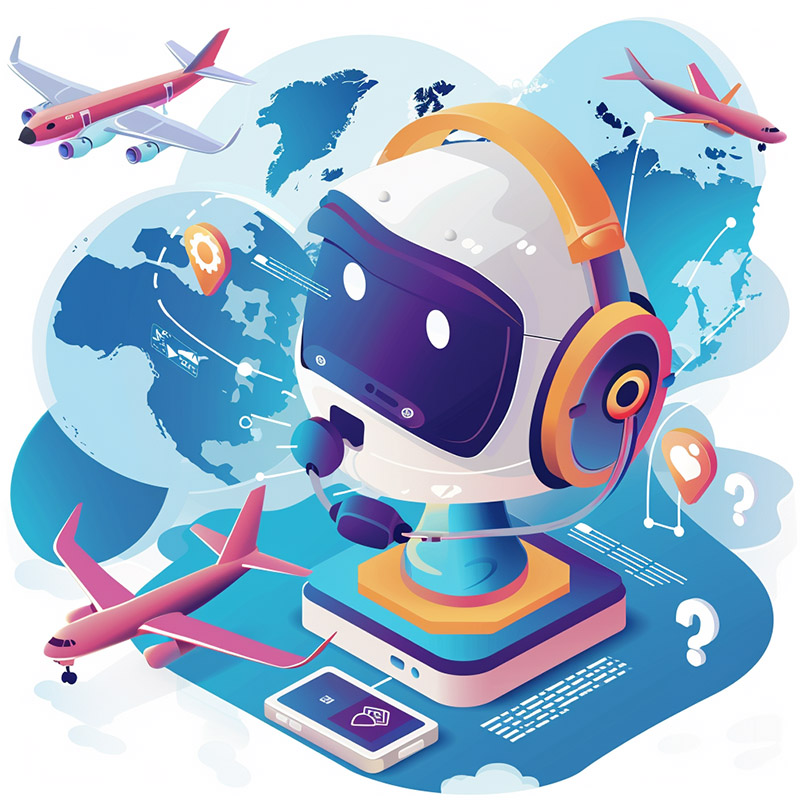
Customer Service Before AI
Customer service in the travel industry often meant long wait times on the phone, slow email responses, and limited hours of operation. This could lead to frustration, especially for travelers needing immediate assistance.
Customer Service After AI
AI-powered chatbots and virtual assistants now offer 24/7 customer service, providing instant responses to inquiries, booking assistance, and problem resolution. This not only improves the customer experience by offering timely support but also frees up human agents to handle more complex issues, enhancing overall service quality.
4. Language Translation and Interpretation
Real-time AI translation devices and apps break down language barriers, making international travel easier and more accessible by enabling instant communication in foreign languages.
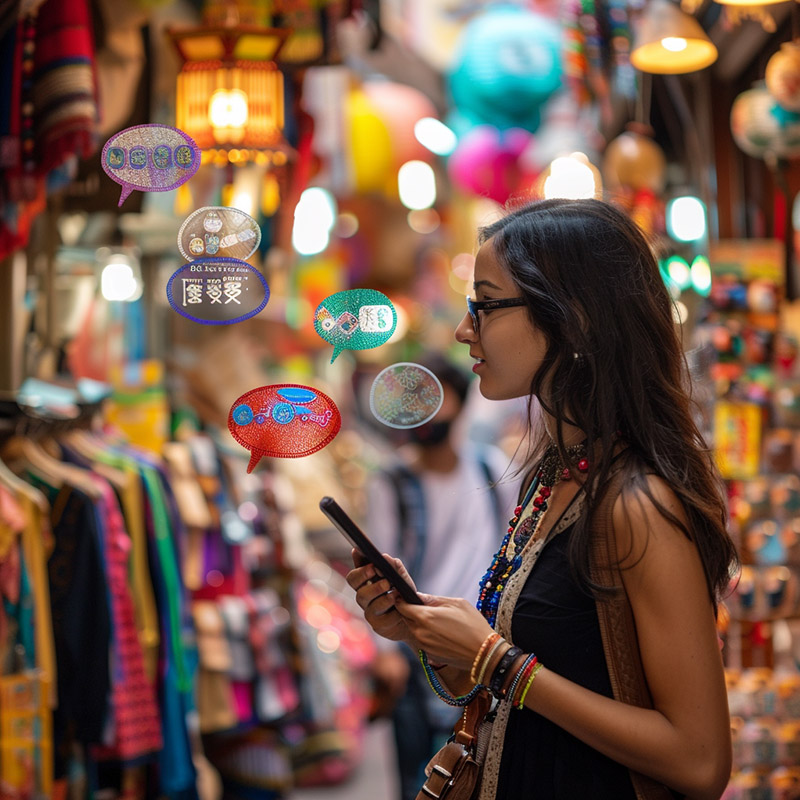
Language Translation Before AI
Language barriers were a significant challenge for travelers, making international travel daunting and limiting the ability to interact with locals, understand signs, menus, and cultural nuances.
Language Translation After AI
Real-time AI translation devices and apps have broken down these barriers, enabling travelers to communicate effortlessly in foreign languages. This advancement makes travel more accessible and enriching, allowing for deeper cultural immersion and easier navigation in international settings.
5. Predictive Flight Shopping
AI algorithms predict future flight prices with high accuracy, advising travelers on the best time to book tickets to get the lowest fares, thus optimizing travel budgets.
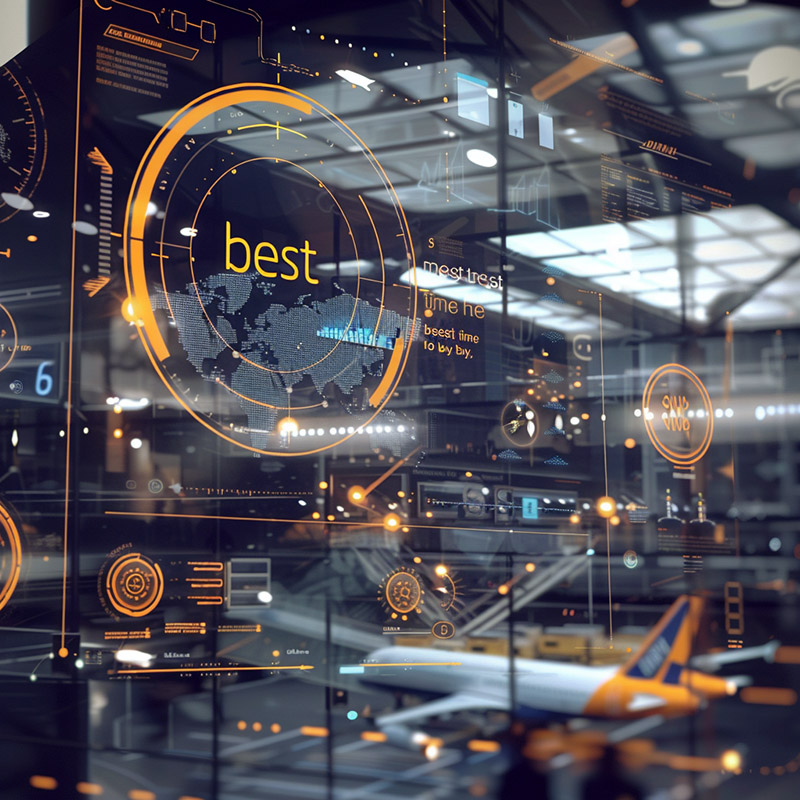
Booking Flights Before AI
Booking flights was often a gamble, with prices fluctuating unpredictably. Travelers had to rely on guesswork or scattered advice to decide the best time to book, sometimes missing out on lower fares.
Booking Flights Before After AI
AI’s predictive analytics now empower travelers with insights into when flight prices are likely to rise or fall. This predictive shopping capability ensures travelers can secure the best fares, making travel more affordable and planning less stressful.
6. Intelligent Itinerary Planning
AI tools automate itinerary creation based on interests, budget, and time constraints, integrating travel logistics and preferences into cohesive, personalized travel plans.
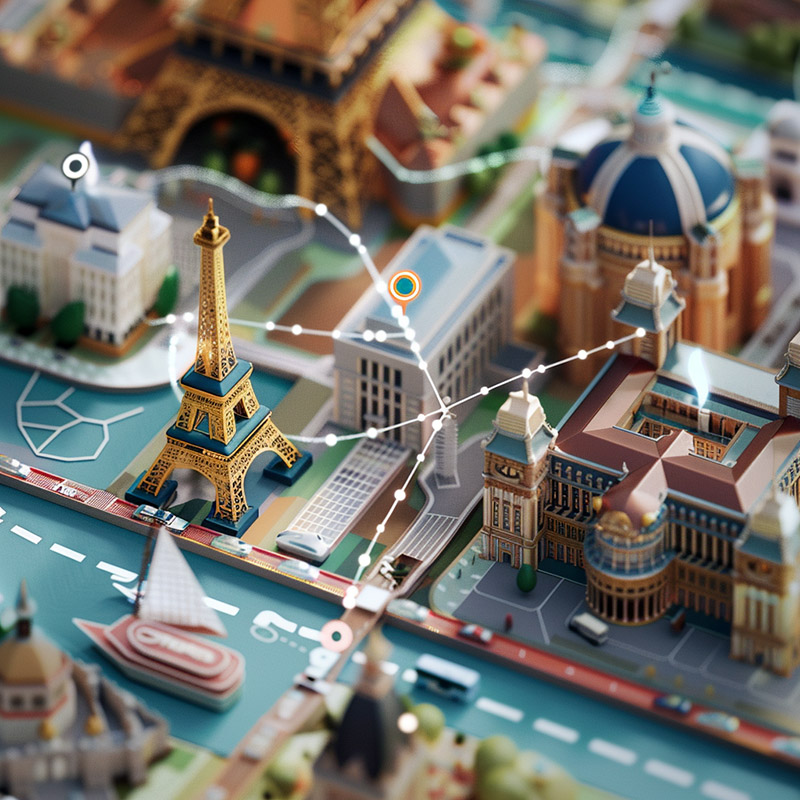
Travel Itineraries Before AI
Crafting a cohesive travel itinerary required extensive research and coordination, balancing attractions, travel times, and bookings, which could be overwhelming and time-consuming for many travelers.
Travel Itineraries After AI
AI-driven intelligent itinerary planning tools automatically generate custom itineraries that align with travelers’ interests, budget, and timeline. By integrating travel logistics and preferences, AI simplifies the planning process, ensuring a smooth and enjoyable travel experience with maximized exploration and minimal hassle.
7. Enhanced Security Screening
AI enhances airport security through advanced imaging and pattern recognition technologies, speeding up the screening process while maintaining high safety standards.
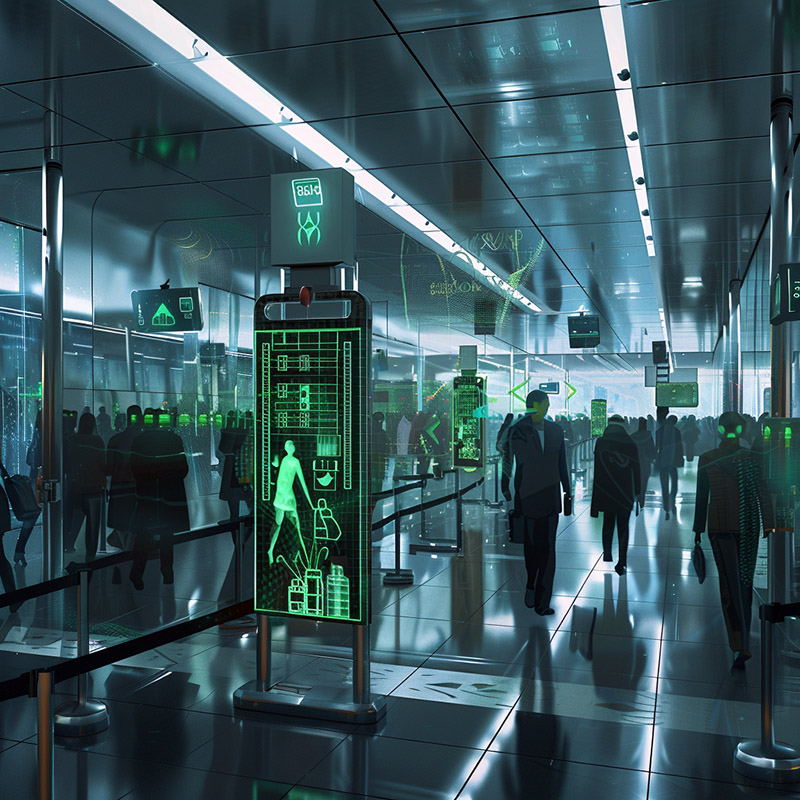
Security Screening Before AI
Airport security screenings were often slow and intrusive, leading to long queues and a cumbersome process for travelers, while still needing to ensure the utmost security standards.
Security Screening After AI
AI has streamlined airport security processes with advanced imaging and pattern recognition technologies, speeding up screenings and enhancing threat detection capabilities. This results in quicker, more efficient security checks, improving the travel experience without compromising safety.
8. Efficient Airport Operations
From baggage handling to boarding processes, AI optimizes airport operations, reducing wait times, improving passenger flow, and enhancing the travel experience.

Airport Operation Before AI
Managing airport operations, including baggage handling and passenger flow, was largely manual and reactive, sometimes leading to delays, lost luggage, and overcrowded terminals.
Airport Operation After AI
With AI, airports can optimize operations in real time, from predicting peak times to managing luggage systems more efficiently. This improves passenger flow, reduces waiting times, and ensures a smoother travel process from check-in to boarding.
9. Travel Risk Management
AI monitors global events in real-time, including weather, health risks, and political unrest, providing travelers and companies with timely alerts and safety advice.
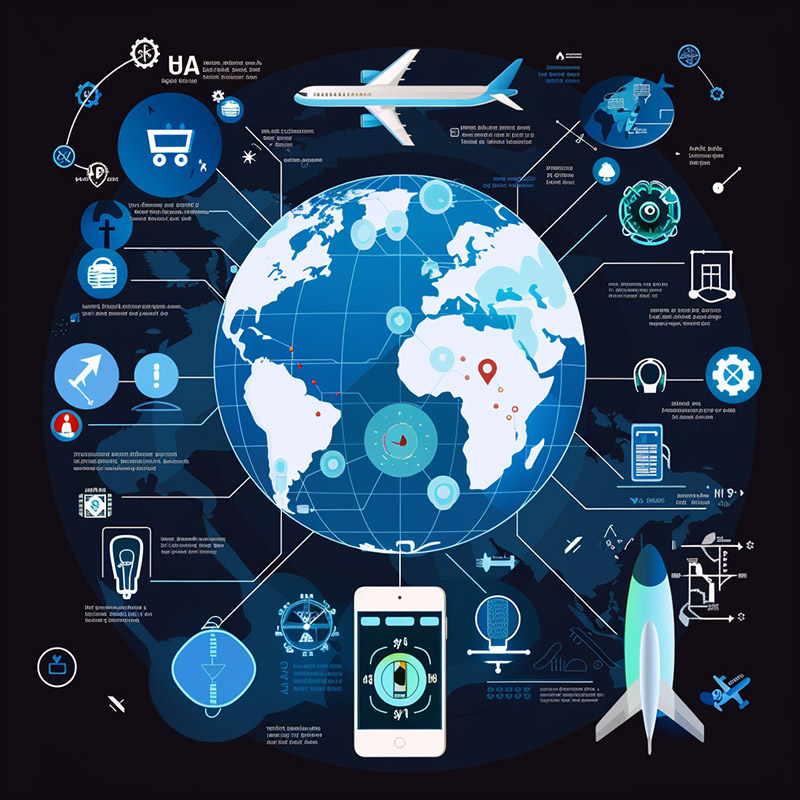
Risk Management Before AI
Staying updated on travel risks such as political unrest, natural disasters, or health emergencies required travelers to seek out information from various sources, which could be time-consuming and not always up-to-date.
Risk Management After AI
AI systems now monitor global events in real time, providing travelers and companies with instant alerts and safety advice. This proactive approach to travel risk management ensures that travelers can make informed decisions and stay safe, regardless of where they are in the world.
10. Sustainable Travel Insights
AI analyzes data to offer travelers insights into the environmental impact of their travel choices, promoting more sustainable options for accommodations, transportation, and activities.
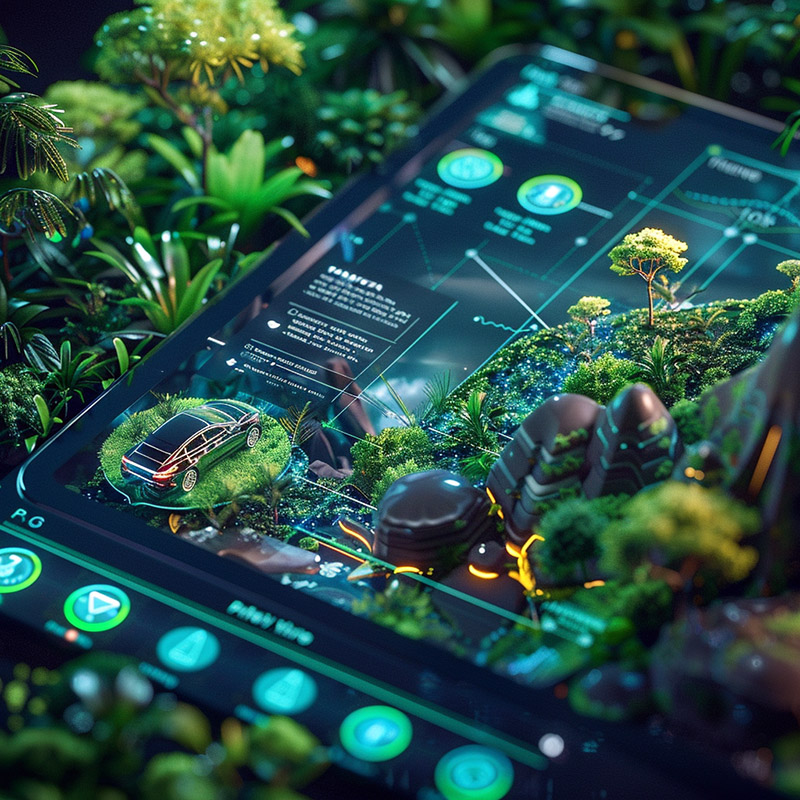
Travel Options Before AI
Making eco-friendly travel choices was often difficult due to a lack of accessible information on the environmental impact of various travel options, hindering the promotion of sustainability in the travel industry.
Travel Options After AI
AI now offers travelers insights into the environmental impact of their travel choices, suggesting more sustainable alternatives for transportation, accommodation, and activities. This encourages eco-conscious decision-making, helping to reduce the carbon footprint of travel and promote sustainability within the industry.